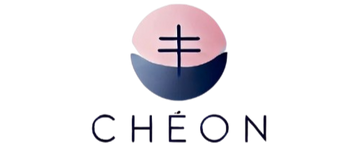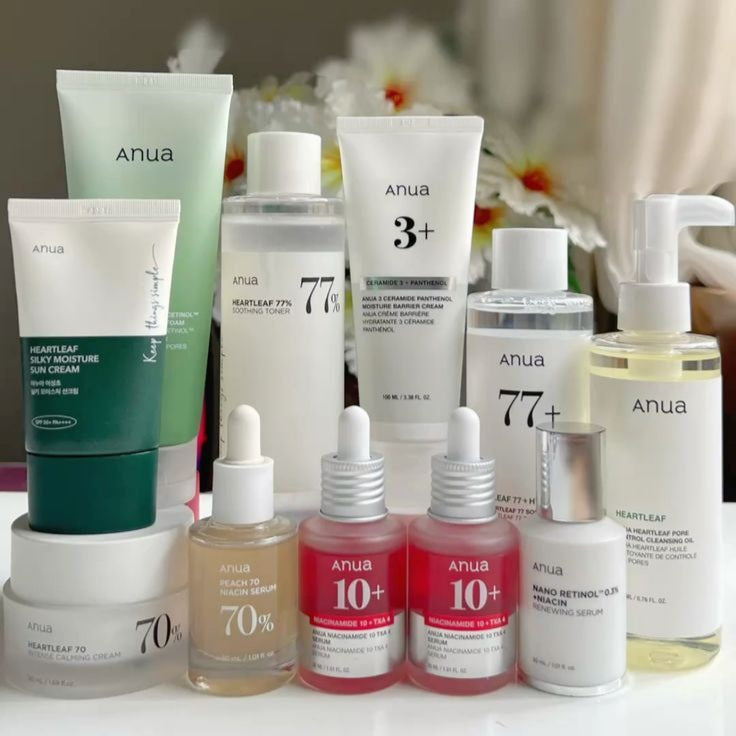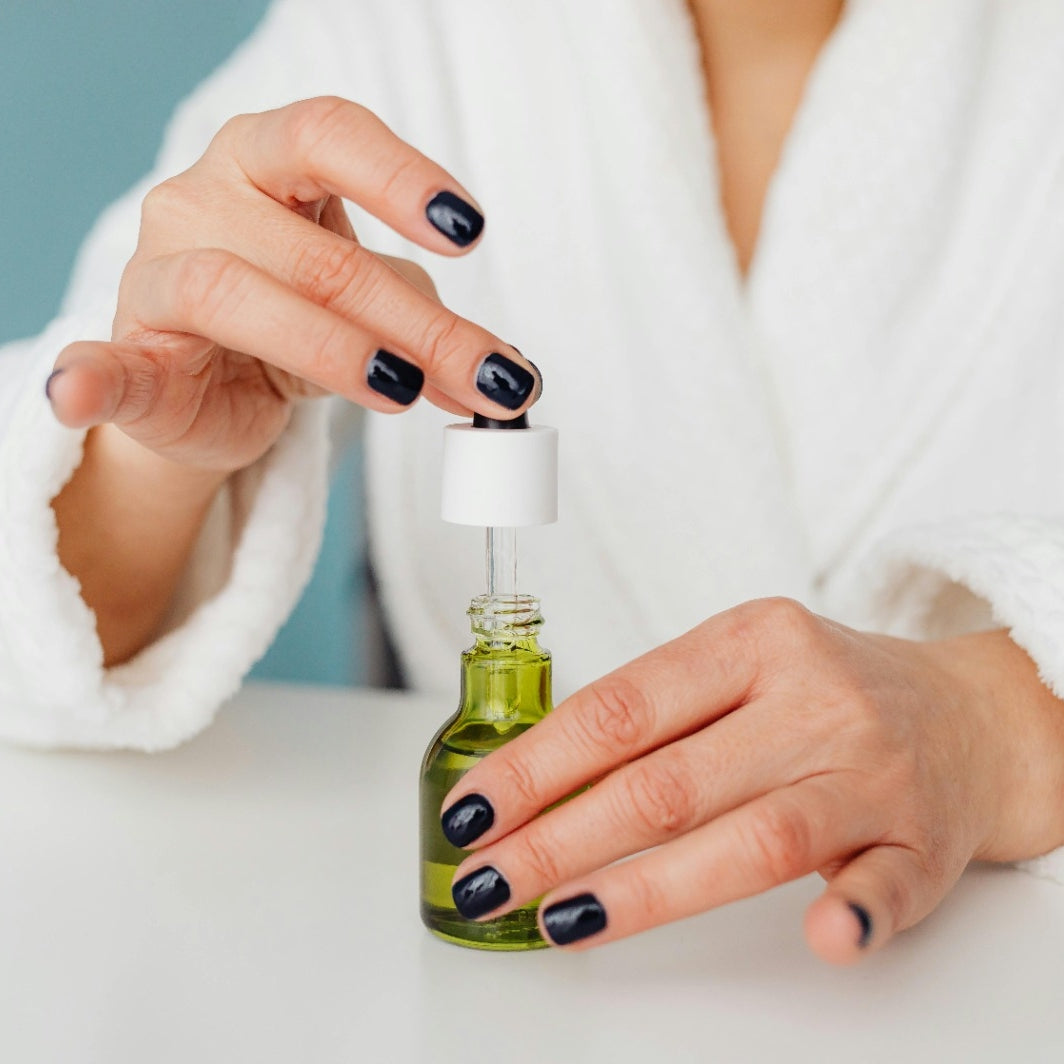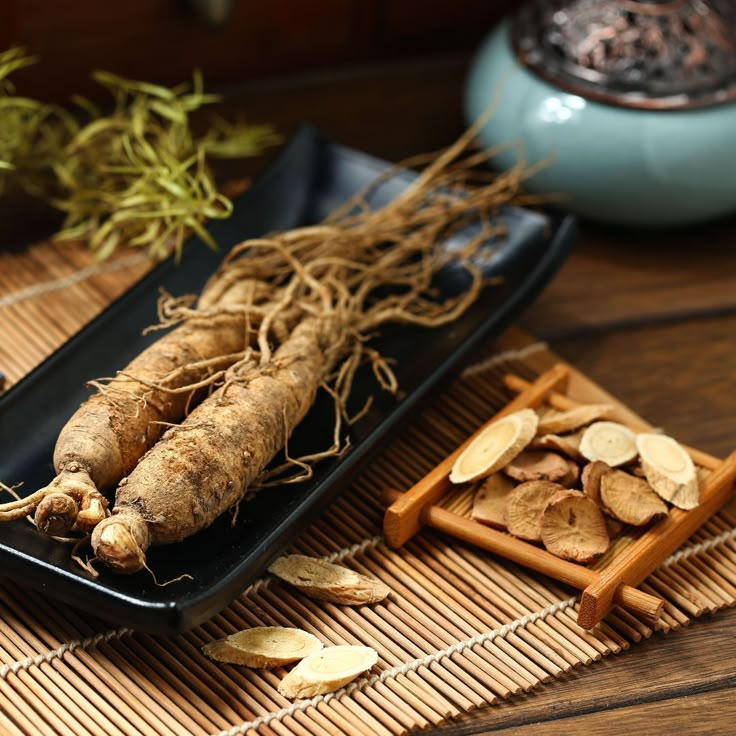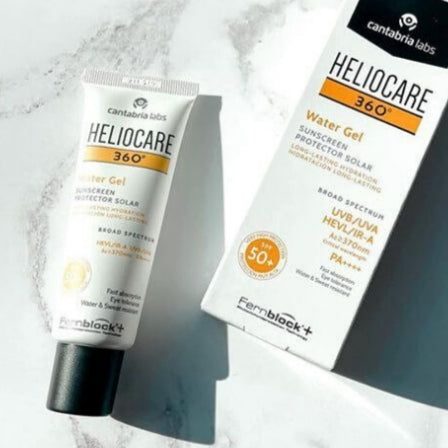So, does Korean skincare actually work? Yes—it really does. And it’s not just me saying that. In 2024 alone, Korea shipped over $10.2 billion worth of skincare and beauty products around the world. That’s not just a trend—that’s a clear sign people everywhere are using it, loving it, and coming back for more.
K‑beauty now claims roughly 20% of the global skincare market, reaching over 150 countries. You can find Korean sheet masks and cushion compacts in London’s Boots, or viral serums and barrier-repair creams popping up in big U.S. stores and all over online shops. It’s gone way beyond Korea—it’s global now.
This worldwide dominance isn’t an accident—it’s built on fast-paced innovation (BB creams, cushion tech, jelly mists), savvy social‑media strategy, and celebrity endorsements that drive trends from India to Europe.
When you see K‑beauty ruling bestseller lists on Sephora or selling out in Polish SPF aisles, you know this is skincare that actually sticks—and it’s hitting everywhere.
Ingredients: What’s Inside Korean Skincare Products?
Think about trends like glass skin—that super smooth, hydrated, light-reflecting glow. It’s not just a filter—it’s real, and it starts with what’s inside the products.
K-beauty is all about hydration-first formulas. You’ll see ingredients like hyaluronic acid, glycerin, and beta-glucan pretty often. These are all great for pulling moisture into your skin and helping it stay soft, calm, and plump. The nice part? They usually come in light, easy-to-layer formulas that don’t feel heavy or greasy.
There are also a few ingredients K-beauty is known for—and they actually do the job:
-
Snail mucin might sound weird, but it’s amazing for healing, hydration, and even fading acne marks.
-
Centella asiatica, or cica, is a gentle plant extract that calms down redness and helps your skin recover.
-
Niacinamide is great for brightening, smoothing texture, and keeping oil under control.
-
And things like green tea, rice water, and fermented ingredients give your skin an extra boost with antioxidants.
What really sets Korean skincare apart is the way it treats your skin—with care. It doesn’t rely on strong acids or harsh treatments like some Western brands do. Instead, it focuses on prevention and consistency. You’re not just fixing issues—you’re keeping your skin strong and balanced so those issues don’t keep coming back.
And honestly, K-beauty is always ahead of the curve. You’ll find newer ingredients like probiotics, peptides, and even salmon DNA in their formulas. These help with things like hydration, firming, and repair. A lot of Western brands are now catching on and using these too.
The Korean Skincare Industry: Why the World Is Obsessed
It’s not just a trend anymore—Korean skincare is a global movement. From Seoul to San Francisco, people are lining their shelves with K-beauty products. In 2024, South Korea hit a new record with $10.2 billion in beauty exports (Source). That’s not just popular—that’s industry-changing.
So how did Korean skincare get so big? Honestly, it started with a totally different mindset. Instead of waiting for breakouts to show up and then trying to fix them, the focus is on preventing skin problems in the first place. I really love that approach—it’s all about taking care of your skin gently, using smart routines, and building up your skin barrier over time.
What really surprised me is how fast the Korean skincare world moves. While some Western brands take months (or even years) to launch something new, Korean brands are always testing, improving, and releasing fresh formulas. And the best part? They actually listen. If something’s not working, they drop it. If people want something new—like a lighter texture or calming ingredients—it’s already in the works.
Of course, things like K-pop, K-dramas, and social media helped bring Korean skincare into the spotlight. But let’s be real—this isn’t just hype. It’s backed by real research, smart thinking, and a strong passion for healthy skin.
Now more and more people, including me, are rethinking how we take care of our skin. We’re moving away from harsh scrubs and quick fixes, and choosing routines that feel more thoughtful and kind to our faces.
Whether you’re just starting your skincare journey or have been at it for years, Korean skincare makes it feel fun, approachable, and most importantly—it works.
Putting It All Together: Sample Routine
Now that you know what makes Korean skincare so special, let’s put it into a simple routine you can actually follow. You don’t need a huge shelf of products—just a few good ones that work well together.
-
Cleanser – Start with a soft cleanser that won’t dry out your skin. Look for one that says “low pH” and feels mild when you wash.
-
Toner – Once you’ve cleansed, apply a hydrating toner. If it has licorice root or niacinamide, even better.
-
Essence or Serum – This is your glow step. Use a fermented essence or a vitamin C serum to make your skin look fresh and healthy.
-
Treatment – Add a product with niacinamide or tranexamic acid if you want to fade spots or even out your skin tone.
-
Moisturizer – Use a simple moisturizer that helps your skin stay calm and strong. Look for ingredients like cica (centella asiatica).
-
Sunscreen – Every morning, finish with sunscreen. A good one is Renforcer Relief Sun SPF 50+—it's light, smooth, and protects your skin all day.
This kind of routine is gentle, easy to stick to, and gives your skin what it really needs. You can always adjust it based on how your skin feels.
Recommended Products: Tried-and-True Favorites
If you’re thinking of trying Korean skincare, here are a few easy products that are worth checking out. They’re gentle, effective, and not too pricey.
Beauty of Renforcer Rice & Probiotics Sunscreen SPF50+ PA+++ – $15.99
Lightweight, no white cast, and feels smooth on the skin. Great for daily use.
Vitamin C Glow Serum – $19.99
Helps brighten your skin and even out dark spots. It’s gentle enough to use every day.
Dynasty Cream Face Moisturizer for Dry Skin – $22.65
A rich, creamy moisturizer that keeps your skin soft and hydrated. Perfect for dry or tired skin.
Ginseng Deep Cleansing Oil – $19.99
Melts off makeup and sunscreen without making your skin feel oily. Leaves your face clean but not tight.
Beauty of Renforcer Revive Eye Serum – $19.99
Light and hydrating. Helps with puffiness and soft lines under the eyes.
Ginseng Glow Essence – $23.99
Adds a nice glow and extra moisture. A good step if your skin feels dull or uneven.
You don’t need all of these at once. Start with what your skin needs most, and go from there.
Conclusion: Does Korean Skincare Work?
So yes—it works. And it’s worth trying, especially if you want skincare that’s simple & gentle.
And it’s not just about trends or 10-step routines. It works because it focuses on hydration, skin barrier support, and gentle ingredients that help over time.
What makes it so popular? It’s affordable, beginner-friendly, and easy to stick to. You can start small—just a cleanser, a moisturizer, and a sunscreen—and still see a difference. The products feel good, they don’t irritate your skin, and they’re designed to work together.

